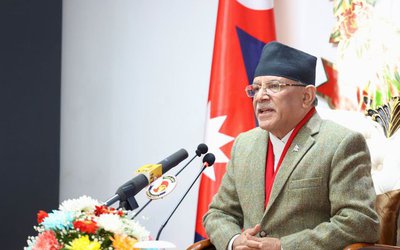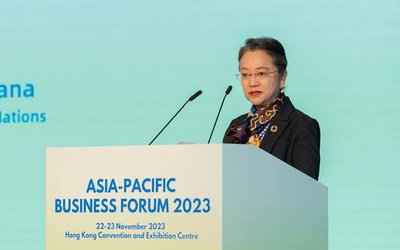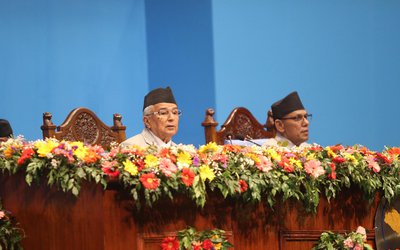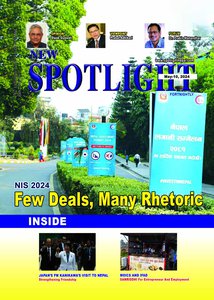
How will the restructuring affect the current institutional structure of DWSS?
Water supply does not mean delivering water through pipes as there involve so many issues. Those who are unaware about water supply and sanitation sector are raising the questions. Water supply includes, among others, quality of water, health, national targets and international targets. Nepal has international commitments towards fulfilling the Sustainable Development Goals (SDGs).
What will be the future of the district level offices of DWSS in water supply and sanitation?
This is also an issue of water governance. Since the supply of safe drinking water is the national priority of Nepal and international commitment as well, the role of DWSS will be more important in the federal restructuring. With so many disparities and diversities in the provinces and local levels, the Department needs to play a more important role as a regulatory authority than before.
With the authority of water and sanitation going to provincial and local levels, what challenges are there to implement the new projects?
As the Constitution of Nepal has clearly said that water and sanitation are the fundamental rights of the citizens, a central authority will be required to monitor and implement the big programs and launch national campaigns and international commitments. According to the current status, only 87 percent of the population has access to drinking water and 90 percent population has access to sanitation. Provincial and local level institutions continue to need our support because the department is the only institution with all the technical expertise and capabilities.
How many projects are under DWSS now?
Under the department, various projects are currently in progress. Our district level offices will work according to the new setup. As all central budgeting on water supply and sanitation will be placed to local bodies, our district offices will no more implement new small projects.
Does there any role for DWSS in the federal system?
Even in the federal system, the department has a central role to play. In India, there is a water supply and sanitation ministry at the Central level to look at the central level programs. Indian Prime Minister Narendra Modi is providing a leadership role in clean India national campaign. Similarly, there is a federal level institution in the United States of America.
Following the elections of local bodies, what role will the department play to meet the Social Development Goals (SDGs) in water and sanitation?
The department will now develop a system to provide access to clean water to 13 percent of the population and 10 percent in basic sanitation. Furthermore, over fifty percent of the completed projects need further improvement and rehabilitation. The department will work toward this. Out of the completed projects, fifty percent of the projects are not operating properly. Thus, the department has to work to improve, expand and rehabilitate those projects and make them completely operational.
What are the projects currently under the Department?
Currently, the department is implementing various projects to ensure access of all the people in basic services. These include rural drinking water projects, dry areas drinking water projects, rainwater collection projects, deep tube well projects. Similarly, the department is also implementing projects like quality improvement projects, small town drinking water projects, and sewerage management projects.
What other institutions are there in water sector?
Along with the department, there are also other institutions for various sectors. Kathmandu Valley Drinking Water Management Board, Kathmandu Upatyaka Khanepani Ltd, is for drinking water management in Kathmandu. Melamchi Drinking Water Development Board for the construction of Melamchi Project, Project Implementation Directorate (PID) for Kathmandu and Nepal Water Supply Corporation for the supply of drinking water outside Kathmandu. There are several other bodies as well. So far as our district offices are concerned, they will now be in the process of restructuring.
What challenges are there for the Department?
There are many challenges in the changed context. The department also needs to implement the projects to achieve SDG Goal 6. There are six sectors related to access, secured water, sustainable and equitable sanitation, water pollution control and quality of water, proper use of water, and integrated management of water. Ministry of Water and Sanitation is playing the leadership role in the sector. Our department, which is under the ministry, has to play an important role.
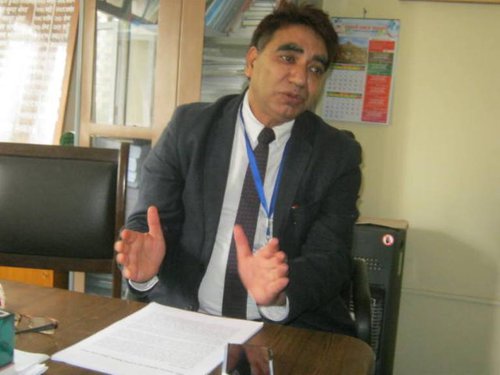
What challenges are there at the provincial level?
Under the inter-provincial level, there is the need to implement integrated and comprehensive projects to address the issue. Foremost important is to control deadly arsenic level prevailing in the ground water of Kathmandu Valley and 22 other districts of Terai. There is also the need to implement bigger projects in dry regions to supply drinking water. There is the need to operationalize big projects in water-starved areas ensuring the supply. The management of chemical and biological pollution in water to protect public health is another important area. Similarly, the department has also the responsibility to implement the projects as per the commitments and declarations announced through SACOSAN, COP21, and SWA to which Nepal is a party. There is also the need to play the focal role between the provinces and local bodies. Currently, there are 5 Regional Monitoring Offices, 44 division offices, 26 subdivision offices and central training centers. There are several other project offices as well with 1868 permanent employees. There are challenges and opportunities as well in the present context.
In the case of disputes between the province and local bodies in the context of supply of drinking water and sewerage, what do you suggest?
There is the need to have central agencies to settle disputes between the provinces, municipalities and village municipalities over the water disputes and sewerage disputes. Once all the institutions start to function, lower riparian and upper riparian issues will emerge. There will be inter-province disputes on water and sewerage. For instance, Melamchi would have faced difficulties, had it not been under the same province. There is a debate over interstate basin issue. Since Nepal has many rivers and basins, which lie in different parts of the region, there is the need to have a strong regulatory authority to decide on the issues of water sharing.
Given the present constitutional provision, how do you see the issue of water governance?
As the constitution has given the right of management of drinking water to all three tiers of the government, it will be very complex. There will be disputes even among municipal levels as well as village municipals in the course of water supply and distribution. Even in India, there are a lot of problems regarding the water sharing issues among the states, central and local bodies. There is also the issue involving Environment Impact Assessment (EIA). According to present constitutional provision, the EIA part is given to province. If center wants to develop a central level project, whose responsibility will it be to complete EIA? For instance, the sanitation and water supply is a global agenda. It is a responsibility of central government to launch campaigns. However, province and local units do have their role. The problems and disputes will appear when two different political parties head the provincial and central government. This is what we can see in India. Currently, BJP’s campaign agenda is to clean the Ganga River. However, it is not getting support from all different states ruled by the opposition. Even in Kathmandu districts, there are ten different municipalities. Kathmandu Metropolitan will rely on other municipalities for drinking water and it has just a drainage part. In case other municipalities decline to release the water to Kathmandu Metropolitan, there will be a crisis related to water.
What steps are you taking now?
I have already prepared a strategy to hand over the authority to local bodies. I have designed it in three stages. Our role will be now to just complete the incomplete projects. We are planning to hand over the things gradually.
See Video

Director General Tej Raj Bhatta
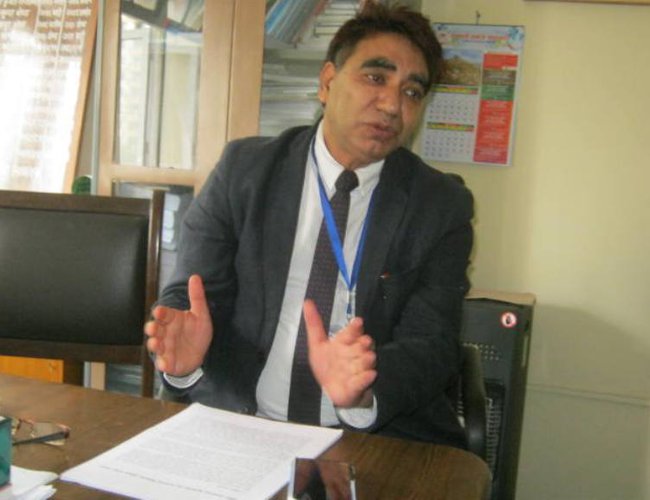
DG Bhatta
- NIS 2024: Few Deals, Many Rhetoric
- May 12, 2024
- LATE SAMBHU PRASAD GYAWALI: Legendry Lawyer
- May 03, 2024
- TBM’S POPULARITY: Upper Arun And Dudhkohshi Next
- May 02, 2024
- QATAR AMIR’S STATE VISIT: Five Agreements
- Apr 28, 2024
- BIPIN JOSHI: Call For Release
- Apr 21, 2024







